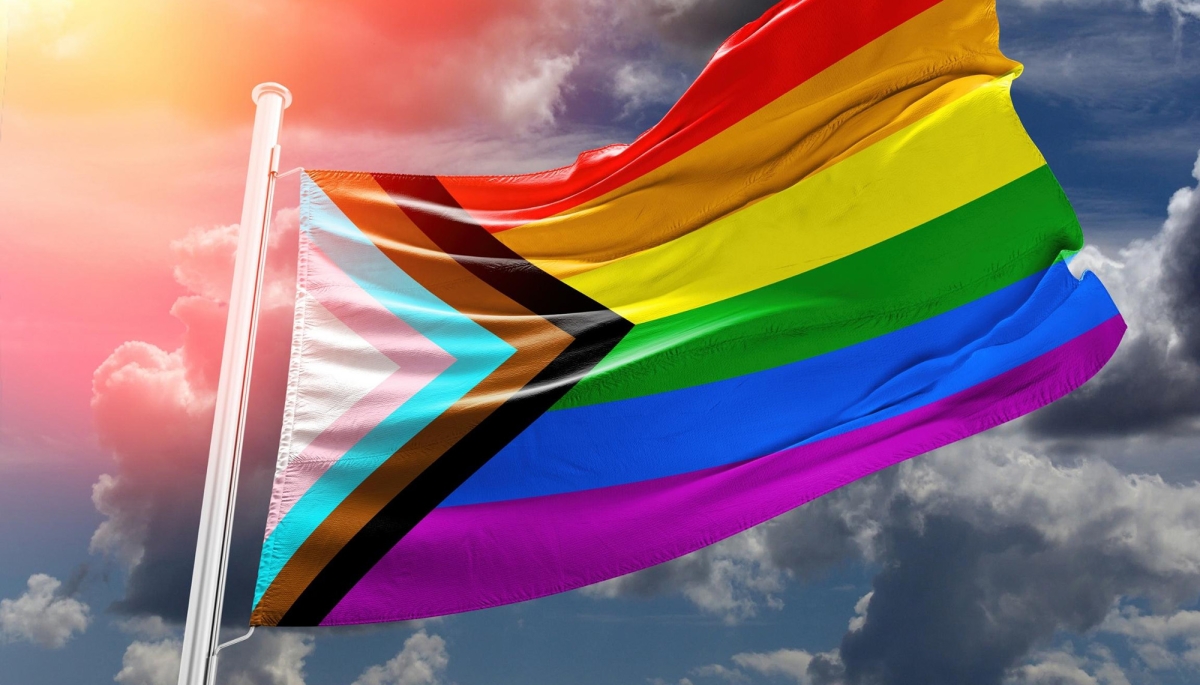Honoring the History of LGBTQ+ Pride Month
“Pride was a riot led by Black and Brown trans women who were tired of the brutality their community was suffering at the hands of the police. You can't party and forget the people who are STILL fighting. You can't celebrate Pride and turn your back on Black people.” —Vita Ayala

As we celebrate LGBTQ+ Pride Month, it is important to recognize how the LGBTQ+ history has been told and honor the truth. For decades, the trailblazing work of Black, Indigenous, and People of Color (BIPOC) LGBTQ+ pioneers has been buried. Here is a glimpse into the true history of LGBTQ+ Pride.
In 1969 homosexual relations were illegal in New York City and virtually all urban cities. Gay bars were places of refuge where LGBTQ+ people could be in community. Many of those bars were subject to police harassment and violence on a regular basis. On June 28, 1969, police entered the Stonewall Inn, an LGBTQ+ bar in Greenwich Village, and roughed up, harassed, and arrested several of the patrons. It was the third such violent police raid on Greenwich Village gay bars in a short period.
The LGBTQ+ community mobilized to protect their community from homophobia from the police and Marsha P. Johnson and Sylvia Rivera, two BIPOC transgender women, were instrumental leaders in organizing this movement. The Stonewall Riots were a confrontation between gay rights activists resisting the violence they experienced by police. As this progressed, an international gay rights movement was born. The uprising of the LGBTQ+ movement against police brutality, led by BIPOC LGBTQ+ leaders, is why LGBTQ+ Pride exists today.
Currently, transgender and BIPOC people are often excluded from both the gay rights and women’s rights movements, in spite of the fact that they are often the most negatively impacted by gender and sexuality-based violence. Transgender people continue to face violence and discrimination today, systemically and in the community.
In 2018, Daniel Quasar reimagined and redesigned the Pride flag, now known as the Progress Pride flag, to highlight and honor the identities of the diverse LGBTQ+ community who historically and currently experience additional marginalization and underrepresentation. Stripes were added to represent the transgender, gender nonconforming, and all folks along the gender spectrum and the BIPOC community. The LGBTQ+ community would not have Pride today if it weren’t for the activism of transgender BIPOC people.
College of Marin proudly flies the Progress Pride flag to recognize the importance of honoring the experiences of intersectional identities and the practice of equity and centering community members that have historically and currently been marginalized. Daniel Quasar’s Progress Pride Flag is a powerful representation of the work we are committed to doing year round at College of Marin.
WHAT PRIDE MEANS TO…
"Step out, step up, lean in, be heard, and reach out to those who may need the necessary support to do the same."
—David Wain Coon
"Walking through life as my authentic self free of fear and loving the fact that I am queer not despite the fact."
—Carol Hernández
"Self-acceptance as a gay man. ...remembering with gratitude LGBTQ+ pioneers...who paved the way for people like me."
—David Patterson
"...Pride means dismantling white supremacy. Pride means Black lives matter...Pride is striving to live freely in a society that has taught us to fear the very things that have the potential to set us free."
–Tea Perales
